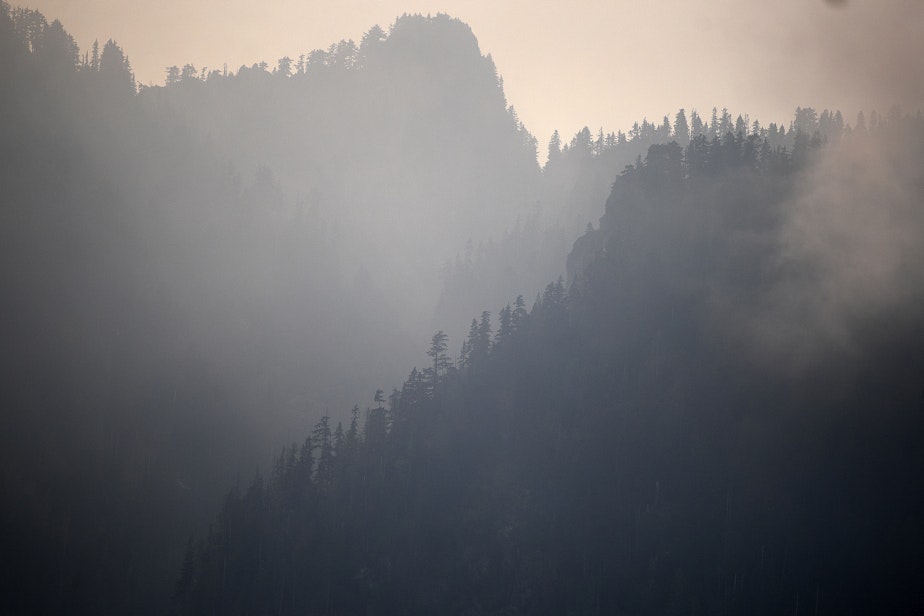Washington state lawmakers hit the reset button on rules to protect homes from wildfire

In 2018, the Washington Legislature passed a law to create a set of codes for new homes in the fire-prone Wildland Urban Interface or WUI.
These codes would mandate the use of fire-resistant materials and regulate the types of vegetation around a home. Six years after the state set out on this task, the plan has been scrapped, and the process is starting over.
Much of the reason came down to a map.
"The Legislature directed the State Building Code Council to create codes to protect homes from wildfire," said Laurel Demkovich, who has been following the story for The Washington State Standard. "Part of that was to have the Department of Natural Resources create a map of the Wildland Urban Interface in Washington."
Builders and cities said the map didn't accurately take into account wildfire risk and too many homes would be unnecessarily affected by the new codes.
Sponsored
"Critics said that it was going to be very expensive and kind of confusing to implement," Demkovich said.
There was also opposition from environmentalists about the defensible space portion of the code, which limited the number of trees on someone’s property in order to keep flammable materials away from homes.
They were concerned "that state would just be going around and cutting down all of these trees across the state," Demkovich said.
This year, the state Legislature asked the Department of Natural Resources to re-draw the WUI map.
Then, on the day the WUI codes were supposed to go into effect, the Building Code Council voted to toss them out while they wait for a new map from the DNR.
Sponsored
This is all happening as states across the West Coast are dealing with intensifying wildfires.
For more than a decade, California has had a building code called Chapter 7, which regulates "building construction materials, a bit on site design layout, and it tries to really address the structural vulnerability of homes and high risk areas," said Kimiko Barrett, the wildfire research and policy lead at Headwaters Economics.
Most of the areas in the American West are fire-adapted ecosystems on a historical cycle of burning. Successful fire suppression over the last 100 years has left an excess of material to burn. Meanwhile, climate change is driving more extreme wildfire behavior.
Building codes that account for the reality of fires are one tool to mitigate the dangers of wildfires.
"We can't address this by just treating the forest. If we're wanting to address the entire Wildland Urban Interface, then we must very strategically and deliberately invest in the urban as much as we are in the wildland," Barrett said.
Sponsored
Listen to Soundside’s full conversation with Kimiko Barrett by clicking the play icon at the top of this story.





